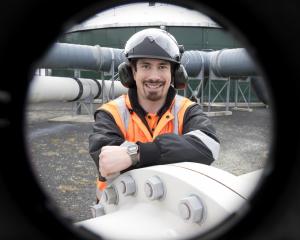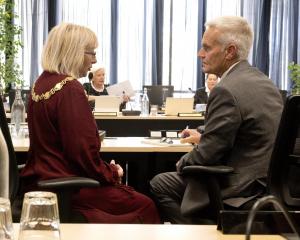
The Dunedin City Council is planning to install 3000K LED lights on the city's streets as part of a $13.1million street-light upgrade.
It will trial the lights later this year.
The NZ Transport Agency prefers 4000K (a neutral white light) for state highways because it says they provide the best and safest colour temperature for drivers and pedestrians.
But dark sky advocates have said any use of 4000K lights would put the city's ''dark sky'' ambitions in jeopardy.
NZTA lower South Island journey manager Peter Brown said while the agency generally used the 4000K lights, it was working closely with the council and had not ruled out using 3000K lights.
Lower Kelvin lights could be used if they met the appropriate safety considerations, Mr Brown said.
In other areas where dark skies certification was being sought, such as the Mackenzie district and South Wairarapa, the NZTA had supported the installation of 3000K street lights.
The benefits of the LED lights included energy savings, extended life, reduced maintenance costs and improved light quality, he said.
As well as the impact on the night sky, concerns have been raised about the impact of the lights on human health.
Mr Brown said at present there was no substantive evidence which demonstrated a health risk for road users.
However, University of Otago researcher Dr Alexander Tups said there was now enough evidence to suggest the blue light emitted from 4000K LED lights impacted human health.
Dr Tups was part of a Royal Society study on the impact of blue light on humans which was now under international review.
New studies suggested blue enriched light, including street lights, had the same detrimental effect on human health as shift work or other sleep disruption.
Because LED was a new technology it would be several years until the potential impacts of the light were fully understood, he said.
Any light source which emitted an enriched blue light should be treated with caution, Dr Tups said, and he applauded the council and NZTA for investigating the 3000K option.













